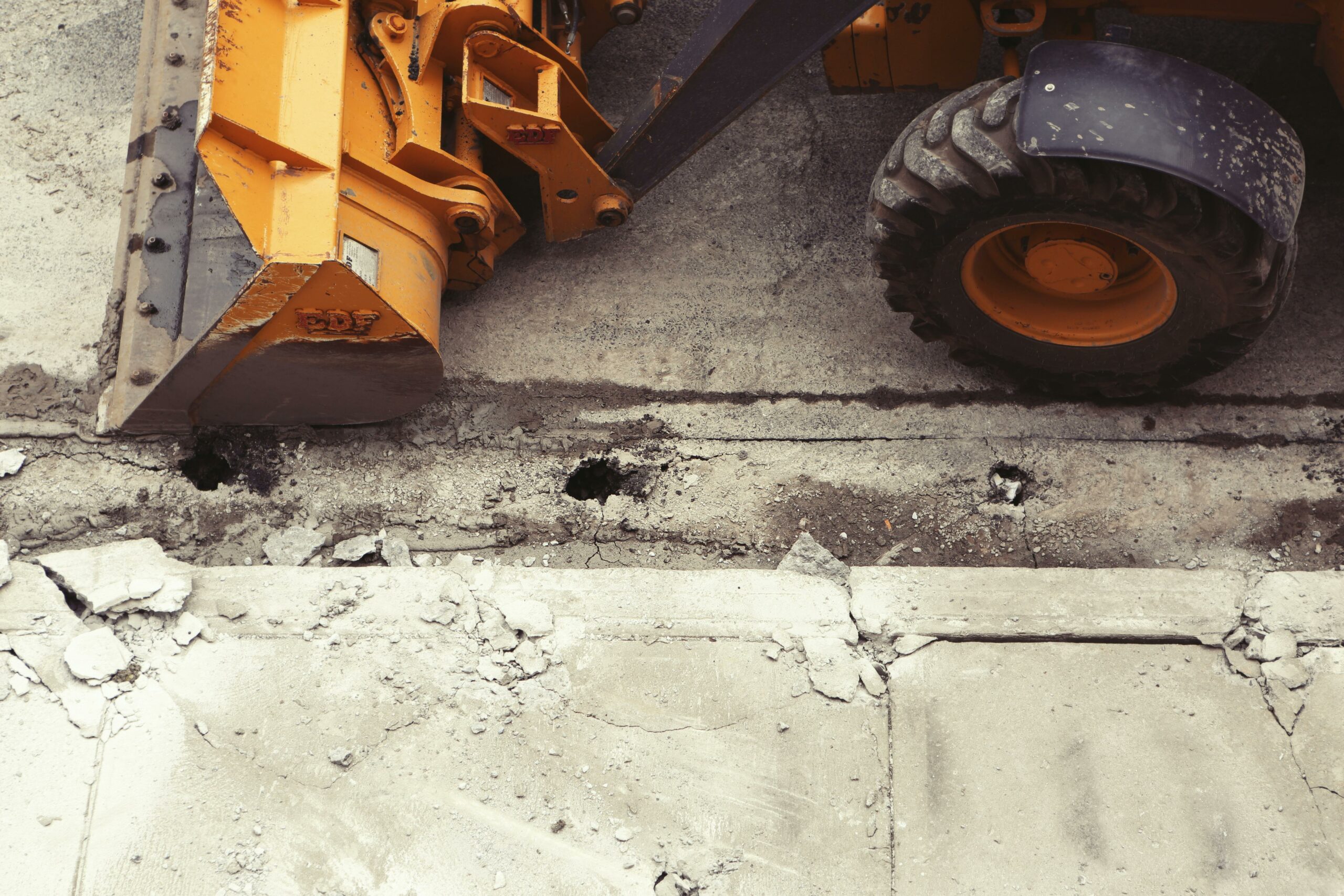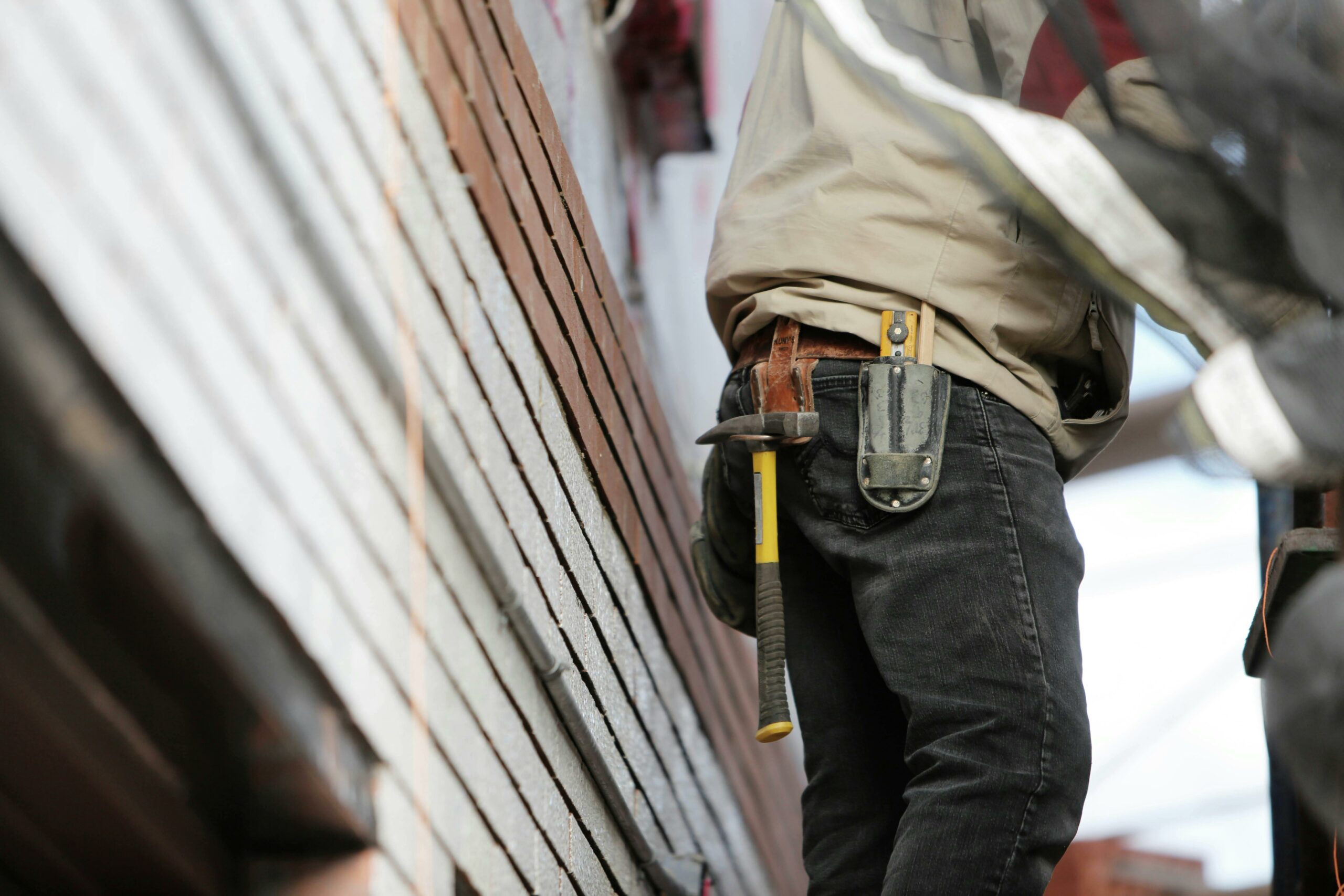What is CDM in Construction?

The construction sector can be a dangerous industry if the correct health and safety measures aren’t implemented or adhered to. The Construction Design and Management Regulations 2015, (often referred to as the CDM regulations) are an important piece of legislation that applies to every construction project, regardless of its size.
Understanding CDM regulations can be a bit of a minefield to navigate, which is why in this article we explain CDM regs in greater detail and how they ensure a safe working environment for all involved in construction projects.
What Are CDM Regs?
The Construction Design and Management (CDM) 2015 is the leading regulatory system to ensure the safety of construction projects across the UK and applies to all construction work undertaken, from small projects to large scale ones. Adherence to CDM regs not only ensures that all parties involved in the construction process work together effectively to minimise the risk of accidents, injuries and ill health but it is also a legal requirement.
When Were The CDM Regulations brought Into Legislation?
The CDM construction regulations were first introduced in 1994, however, over time they have been periodically altered to reflect the growth and change within this fast-paced industry. The original 1994 regulations underwent significant modification in 2007, leading to a more comprehensive regulatory framework. Then in 2015, they were amended once again by introducing the current version of the CDM regulations, referred to as CDM 2015, effective from April 6 of that year. This revision of the regulations presented substantial changes from its predecessor, most notably in its expanded definition of construction.
What Are The Five Main Parts Of CDM Regs?
The Construction (Design and Management) regulations 2015 are divided into five parts:
1. Commencement And Application
This part details the scope and definitions of each CDM regulation, including the types of work and projects they apply to and any exceptions.
2. Client Duties
This section clarifies the duties of the client. Under CDM regs, a client is defined as any person or organisation who has commissioned a construction project and who has overall responsibility.
3. Health And Safety Duties And Roles
Part three covers, in detail, the various duty holder roles. Guidance in CDM 2015 states that duty holders have specific legal responsibilities depending on their roles within a construction project. This covers everything from the initial design and planning stages right through to the construction phases.
4. General Requirements
There are a number of general safety requirements that must be put in place during a construction project such as arranging alternative traffic routes, preventing harm from hazardous substances or providing welfare facilities.
5. Arrangements And General Information
The fifth and final part of CDM 2015 focuses on any transitional arrangements from the previous regulations, and gives guidance to contractors on how to deal with the changes. Part 5 also includes enforcement in the instance of a fine being issued, and covers any consequential amendments.
Why Is CDM Important?
Each CDM regulation is important because they all help to ensure the health and safety of every individual involved in a construction project. These regulations outline the responsibilities of everyone involved in the construction process, from clients and designers to contractors and workers. By adhering to the CDM 2015 regulations, hazards can be immediately identified and controlled, ensuring a safer working environment for all who are involved in the project. Compliance with CDM regs also helps to prevent accidents and injuries, ultimately saving lives and reducing costs associated with accidents on construction sites.
What Activities Are Included In CDM Regs?

The mandate for compliance for CDM regulations covers a broad spectrum of activities within the construction sector. Therefore it is important to highlight that CDM applies to all building and construction work for both business or domestic projects. It covers everything from minor home improvements to large scale construction work. A few examples of what CDM regs covers are:
- New build homes
- Demolition
- Refurbishment
- Extensions
- Conversions
- Repair and maintenance.
The aim of CDM 2015 is to place the utmost importance of keeping workers safe, eliminating risks and putting them in the best position to meet deadlines and complete projects on time. Accidents and injuries can cause delays whilst waiting for workers to recover, or may even result in finding and training replacement staff, which can become a costly and time consuming process.
CDM Roles And Responsibilities
Each CDM regulation focuses on crucial actions that should be followed to adhere to health and safety practices. These responsibilities are then assigned to clients, designers, and contractors alike. Specific responsibilities and tasks for each person will vary, depending on their role within the construction project.
Clients
The client commissioning the project, whether that be an individual or an organisation, has several necessary tasks they must undertake to comply with CDM regs. They must appoint a competent project planner and cooperate with other project participants to ensure the health and safety of the project. Clients must also ensure that the health and safety file is created and maintained throughout the duration of the project. If more than one contractor or designer is employed, it is a legal requirement to appoint a principal contractor and a principal designer.
Principal Designer
It is the Principal Designer’s duty to take the lead during the pre-construction phase of the project. They should therefore be equipped with in-depth technical knowledge and experience of planning projects within the construction sector. They must consider all relevant health and safety regulations and ensure that the design produced takes into account potential risks and hazards, whether that’s manual handling or fire risks. They must also engage with the project planner and clients to discuss any potential safety issues and propose suitable solutions.
Principal Contractors
The Principal Contractor will have all of the same responsibilities as contractors, plus a few more. The Principal Contractor directly involved in the construction phase of the project must ensure that their work is carried out safely, that they comply with all relevant health and safety legislation, and that they maintain adequate records and documentation. They need to also ensure that suitable health and safety measures are in place to protect their workers, subcontractors, and the general public.
Designers
Designers, such as architects, engineers, and consultants, are responsible for producing safe designs for the project. When preparing or modifying designs, designers need to take pre-construction information into account, as this may affect design decisions and the outcome of the project. Before starting work, designers also need to make sure the client knows what duties and responsibilities they are expected to fulfil under CDM regs.
Additionally, when creating designs they need to take into consideration health and safety hazards, and think about how designs might affect the level of risk involved in a project. Once designs have been created or modified, designers will share design information with the client, the Principal Designer and the Principal Contractor. These duty holders require this information in order to ensure thorough consideration and awareness of any health and safety risks throughout the project duration. Designers may also need to contribute design information to the health and safety file.
Contractors
Projects often involve multiple contractors, and each one will have duties and responsibilities under the Construction (Design and Management) Regulations. Even though other duty holders are required to check that clients know their responsibilities, contractors also need to make sure of this too. They are required to manage their workers to ensure they have the correct experience, training, knowledge and skills to be able to undertake their roles safely and competently.
Lastly, before any construction work commences, contractors must ensure the site is secure and that appropriate measures have been put in place to prevent unauthorised access. This might include security systems and signage where necessary, to ensure adherence with regulations pertaining to CMD. Construction site safety is crucial as unauthorised personnel on-site can pose a significant health and safety risk.
CDM Regs Support from Rhino Safety
We understand there is a lot to prioritise and manage to ensure compliance with the CDM regulations within the construction sector. This is why our expert health and safety team at Rhino Safety are here to guide you.
By drawing upon our expertise, you can rest assured that health and safety regulations within the construction industry are adhered to, making sure projects are completed safely and on time. Contact us today to take the next steps towards a safer, more robust health and safety plan for your next construction project.
